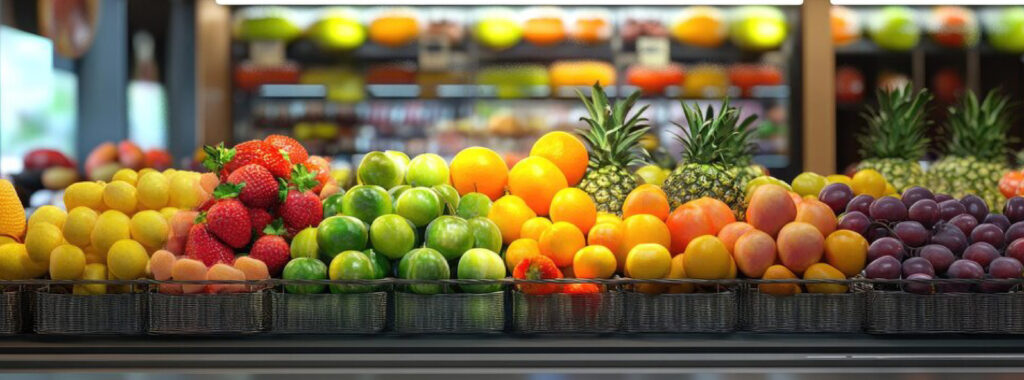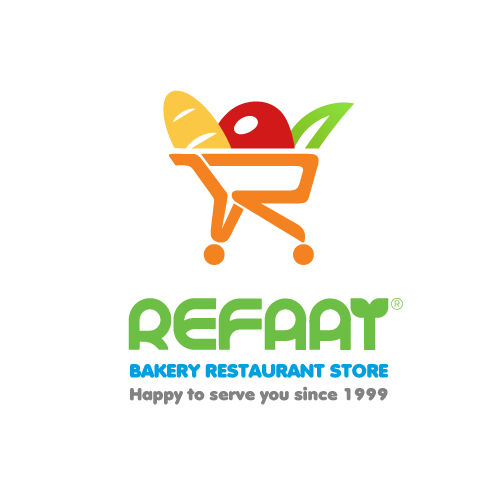The Art of Supermarket Organization: How Does Product Arrangement Affect the Shopping Experience?

Supermarket organization is one of the key elements that significantly impacts the customer shopping experience. This art relies on well-thought-out strategies aimed at attracting customers, improving their flow through the store, and increasing the likelihood of purchasing products. Here are the most important aspects that contribute to achieving this:
- Strategic Aisle Planning
Essential products, such as milk and bread, are placed at the end of the aisles to compel customers to pass by several other products, thereby increasing the likelihood of additional purchases. A grid layout or free-flowing merchandise layout is used to direct customer traffic toward the main sections.
- Strategic Product Placement
Profitable products are positioned at eye level to attract attention and increase the likelihood of purchase. Products are categorized (such as fruits and vegetables) to make them easier to find and enhance the shopping experience.
- Use of Promotional Offers
Promotional offers, such as discounts and free gifts, motivate customers to buy additional products that were not originally planned.
- Improve Visual Display
Attractive colors and designs should be used for products and shelves. Maintaining cleanliness and orderliness of shelves helps create a positive impression of the store.
- Manage Inventory Effectively
Implement a “First In, First Out” (FIFO) system to ensure product quality. Regularly monitor inventory levels to avoid shortages or accumulation of unwanted products.
- Enhance User Experience
Providing digital displays with information about products and offers can significantly improve the shopping experience. Additionally, using barcodes facilitates product identification and saves customers time.
Impact of These Strategies
These methods help enhance the customer experience in the supermarket by making the shopping process easier and more organized. They also increase sales opportunities by leveraging customer purchasing behavior.
Keywords:
Supermarket Organization, Product Arrangement, Shopping Experience, Sales Strategies, Inventory Management, Promotional Offers.
